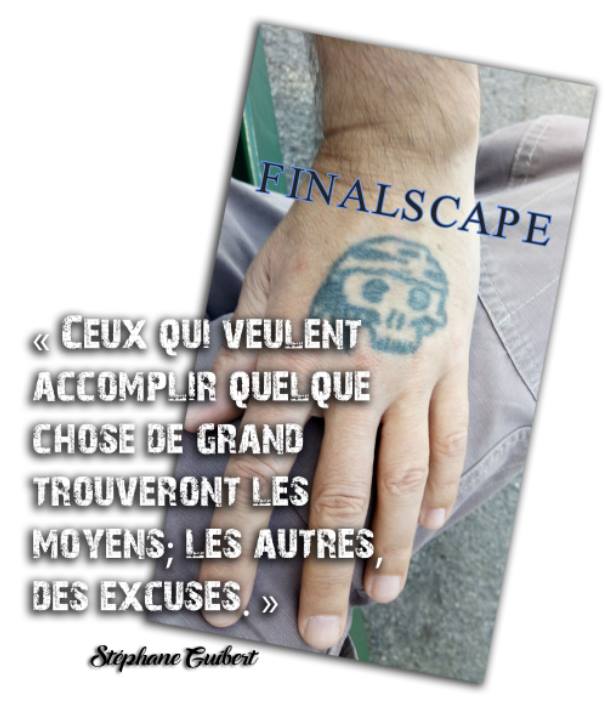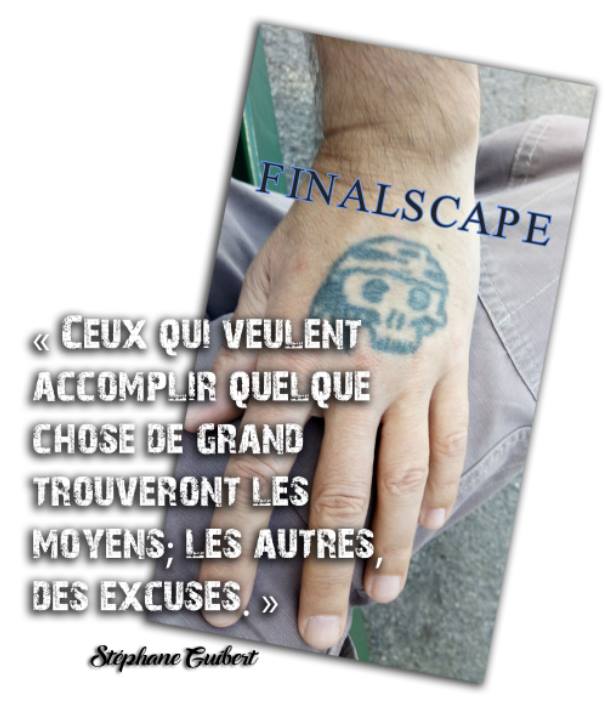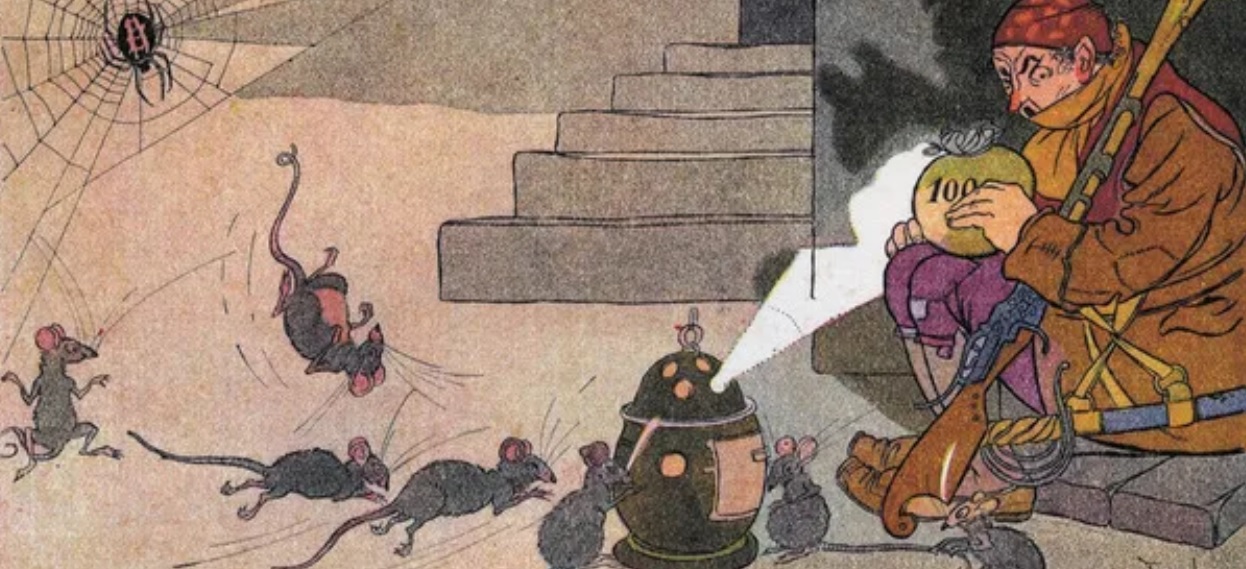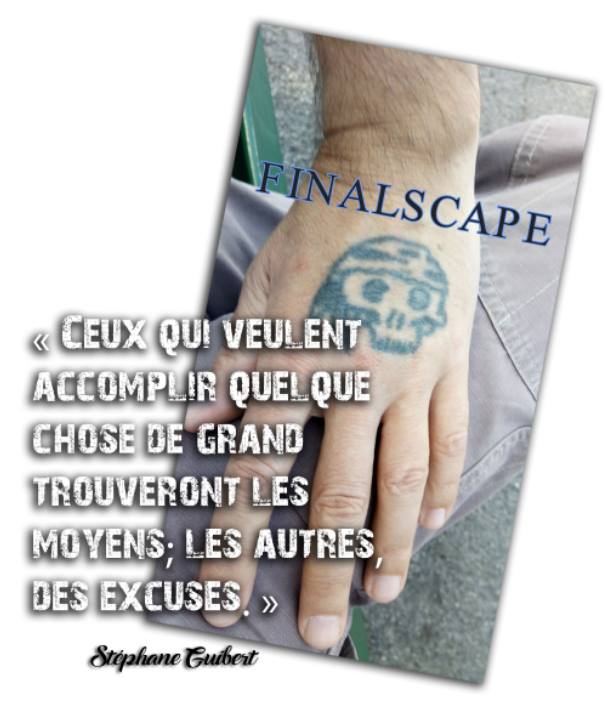
***** Attaque nucléaire *****
« Enola Gay »
Enola Gay est un bombardier Boeing B-29 Superfortress, nommé d’après Enola Gay Tibbets, la mère du pilote, le colonel Paul Tibbets. Le 6 août 1945, piloté par Tibbets et Robert A. Lewis pendant les dernières étapes de la Seconde Guerre mondiale, il est devenu le premier avion à larguer une bombe atomique. La bombe, qui porte le nom de code « Little Boy », visait la ville d’Hiroshima, au Japon, et causa la destruction presque complète de la ville.
Enola Gay a participé à la deuxième attaque atomique en tant qu’avion de reconnaissance météorologique pour la cible principale de Kokura. Les nuages et la fumée à la dérive ont entraîné le bombardement d’une cible secondaire, Nagasaki.
- Merci à Virgin Records.
![]()
![]()
![]()
![]()
![]()
![]()
***** Atacul nuclear *****
« Enola Gay »
Enola Gay este un bombardier Boeing B-29 Superfortress, numit după Enola Gay Tibbets, mama pilotului colonelului Paul Tibbets. Pe 6 august 1945, pilotat de Tibbets și Robert A. Lewis în fazele finale ale celui de-al Doilea Război Mondial, a devenit primul avion care a aruncat o bombă atomică. Bomba, cu numele de cod „Little Boy”, a avut ca ținta orașul Hiroshima, Japonia, și a provocat distrugerea aproape completă a orașului.
Enola Gay a participat la al doilea atac atomic ca avion de recunoaștere a vremii pentru ținta principală a lui Kokura. Norii în derivă și fumul au dus la bombardarea unei ținte secundare, Nagasaki.
- Mulțumiri Virgin Records.
***** Nuclear attack *****
« Enola Gay »
The Enola Gay is a Boeing B-29 Superfortress bomber, named after Enola Gay Tibbets, the mother of the pilot, Colonel Paul Tibbets. On 6 August 1945, piloted by Tibbets and Robert A. Lewis during the final stages of World War II, it became the first aircraft to drop an atomic bomb. The bomb, code-named « Little Boy », was targeted at the city of Hiroshima, Japan, and caused the near-complete destruction of the city.
Enola Gay participated in the second atomic attack as the weather reconnaissance aircraft for the primary target of Kokura. Clouds and drifting smoke resulted in a secondary target, Nagasaki, being bombed instead.
- Many thanks to Virgin Records.

![]()










